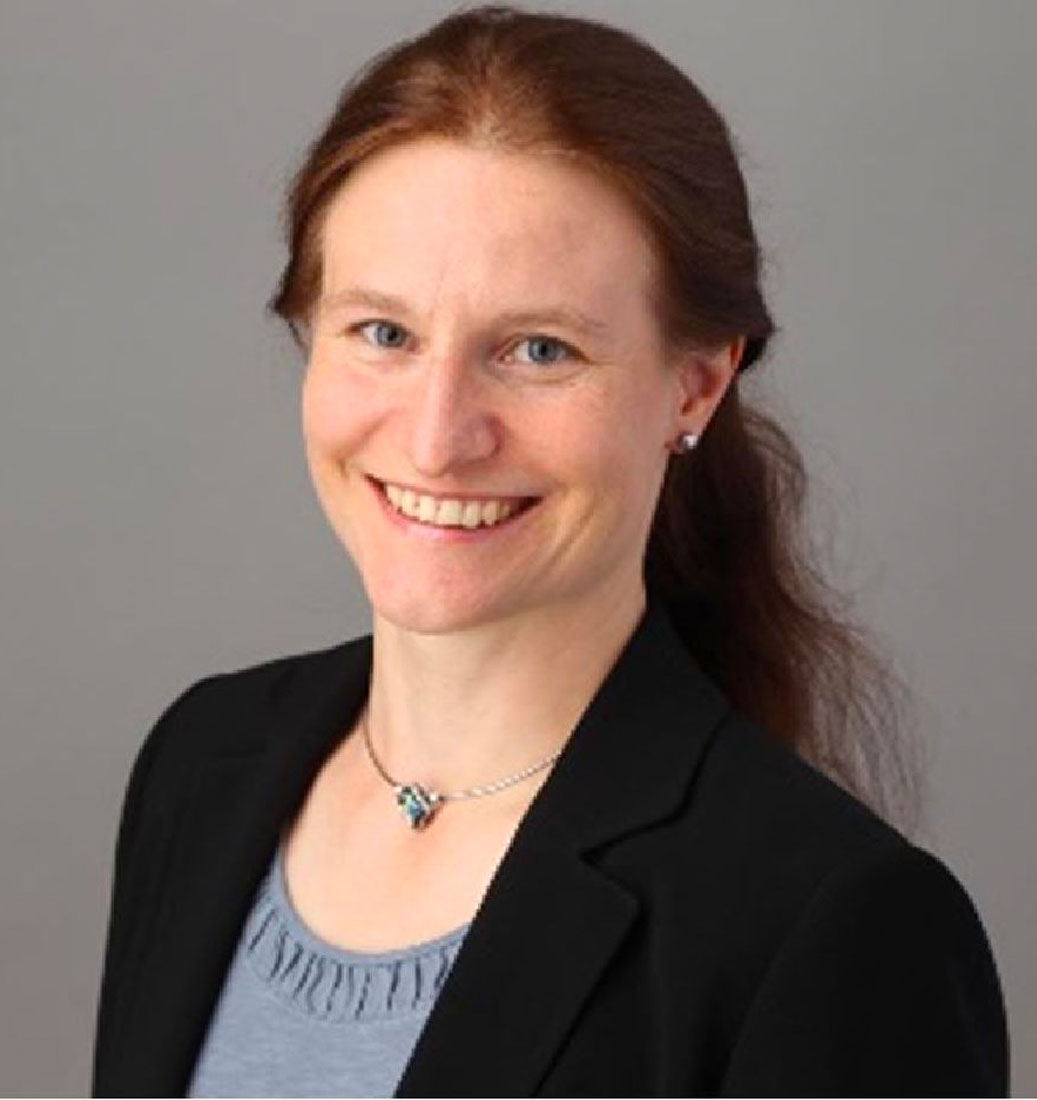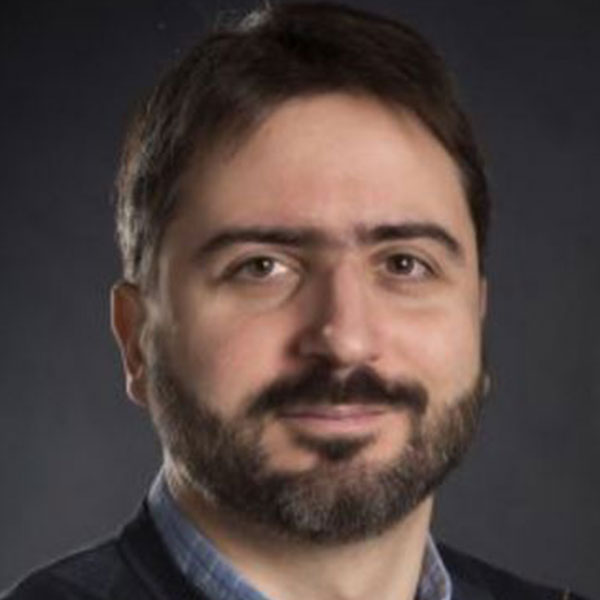WEBINAR SERIES:
Oxidative Stress: Biochemical and Pharmacological aspects
15:00-17:00 (CEST)
July 7th, 2022
15:00-17:00 (CEST)
Participation is free of charge but registration is compulsory at www.antiox.it
The transcription factor Nrf2 (nuclear factor (erythroid-derived 2)-like 2) and the kinase AMPK (AMP-activated protein kinase) are involved in the adaptive homeostatic response to redox or energy stress. There is accumulating evidence for positive cooperativity between both proteins, which often is explained by AMPK-driven and p62-assisted autophagy of Keap1 or AMPK-mediated impediment of the GSK3β’s negative impact on (nuclear) abundance of Nrf2. Our previous studies showed that activated AMPK leads to phosphorylation of Nrf2 at three different serine residues in living cells, with no influence on half-life or nuclear translocation of Nrf2. However, the phosphorylation boosts or dampens expression of subsets of Nrf2 target genes. At the same time, AMPK did not significantly affect chromatin opening at examined Nrf2-dependent regulatory regions, but occurred to reduce expression of Bach 1 (BTB and CNC homology 1), a competitor of Nrf2 for ARE sites (with mainly repressor function). Hence, in AMPK-/- cells selected examined ARE sites are preferentially bound by Bach1 and not by Nrf2, which could provide an explanation for the observed reduced transactivation of some Nrf2 targets in the absence of AMPK activation. Currently, we dig deeper into the molecular interplay between AMPK, Nrf2 and Bach1 in order to complement the picture of how the cellular energy state affects the Nrf2-dependent stress response, which could be of relevance for cellular stress resilience in states of overnutrition, caloric restriction, ageing or cancer.

Elke H Heiss is Associate Professor of Pharmaceutical Biology at the Department of Pharmaceutical Sciences at the University of Vienna in Austria. She is interested in sigaling pathways involved in the cellular stress resistance and their rational modulation by small (natural) molecules. For the past years her main (cell-based/ in vitro) research activities have been focussed on (i) dissecting the crosstalk between cellular redox and energy stress on the molecular level and on (ii) identification/characterization of (novel natural/ nature derived) small chemical entities with benefit for the cell`s capacity to efficiently cope with stress.
Thyroid hormones are major regulators of metabolism across vertebrates via direct and indirect actions on mitochondria in muscle and brown adipose tissue. The basal metabolic rate is thus markedly increased in hyperthyroidism and, conversely, decreased in hypothyroidism. Hormone synthesis by the thyroid gland depends on the intake of micronutrients including iodine and selenium, and it entails the active production of reactive oxygen species (ROS) in thyroid follicular cells to oxidize iodine and iodinate thyroglobulin, the thyroid hormone precursor protein. At the same time, like all other tissues, the thyroid must also defend itself against oxidative stress. For this, it relies on antioxidant defense systems to maintain its own homeostasis in the face of continuous self-exposure to ROS. Over the last few years, my group has identified multiple links between the Keap1/Nrf2 antioxidant response pathway and thyroid physiology, as well as various thyroid pathologies, including autoimmunity, goiter, hypothyroidism, hyperthyroidism, and cancer. This presentation will summarize the main results of these studies and will highlight future perspectives, with a focus on translational implications (i) for the pathogenesis and treatment of thyroid diseases; (ii) for metabolic and non-metabolic studies using animals with genetically or pharmacologically modified Nrf2 activity; and (iii) for the use of Nrf2-modulating compounds in clinical studies.

Gerasimos Sykiotis (Gerry) is associate professor at the Faculty of Biology and Medicine of the University of Lausanne and senior staff physician in the Service of Endocrinology, Diabetology and Metabolism at Lausanne University Hospital. He is a physician-scientist specialized in clinical and basic endocrinology with a particular focus on thyroid physiology and thyroid diseases, including hyperthyroidism, hypothyroidism and thyroid cancer. Since 2015, he is responsible for the thyroid endocrine clinic at Lausanne University Hospital. His clinical research focuses on the needs of patients with thyroid diseases, including quality of life among thyroid cancer patients and survivors. His basic research, funded primarily by the Swiss National Science Foundation, focuses on the roles of cellular homeostatic systems in thyroid physiology and pathophysiology.
Nonalcoholic fatty liver disease (NAFLD) is a metabolic disorder characterized by excessive fat accumulation in the liver due to disturbed hepatic cholesterol homeostasis. Even though, it is of utmost interest to understand the precise regulatory mechanisms of lipid accumulation in the human liver, uncompleted understanding of pathophysiology has resulted to limited therapeutic options that may reverse or halt the the transition from NAFLD to nonalcoholic steatohepatitis (NASH). Besides the free fatty acids, hepatic cholesterol accumulation in humans and animals is reported to be associated with NASH development. However, Nrf-2 signaling promise a major benefit against oxidative stress and inflammation through regulation of a number of genes, including enzymes and cytoprotective proteins. Our group studies cholesterol mediated hepatocyte alterations as well as the potential role of Nrf-2 signaling in NALFD/NASH transition either using hypercholesterolemic rabbits or hepatocytes treated with liposome-cholesterol complex. In our hypercholesterolemic rabbit model, high cholesterol diet induced 4-hydroxy-2,3-nonenal (HNE), 7-ketocholesterol (7KC) and Nrf2 levels along with other inflammation and apoptosis parameters, which involve in NASH progression. This is also consistent with our previous reports demonstrating that high cholesterol diet mediated HNE and Nrf2 induction in atherosclerosis development. Alpha-tocopherol, the most active form of vitamin E, is an important modulator of signaling mechanisms, but its involvement to cholesterol-mediated Nrf2 induction remains poorly defined. We showed that α-tocopherol supplementation reduced only protein levels of Nrf2 without affecting mRNA in hypercholesterolemic animals. Although α-tocopherol supplementation caused significant reduction of HNE, 7KC and Nrf2, lipid accumulation was not changed. These findings lead us to conclude that the steatosis-related beneficial effect of α-tocopherol in liver tissue is rather limited.

Nesrin Kartal Ozer is Professor at Marmara University, Faculty of Medicine, Department of Biochemistry, Istanbul,Turkey. She graduated with a BSc in Pharmacy from Hacettepe University, Ankara, Turkey and she has received her PhD in Biochemistry in Hacettepe University, Faculty of Medicine. She moved then to Marmara University, Istanbul. She was a Visiting Scientist at St.George’s Hospital, Medical School, Department of Biochemistry, London, UK (1985-1986); Institute of Biochemistry and Molecular Biology, University of Bern, Switzerland (1993-2004) and University of Hohenheim, Stuttgart, Germany (2008). In her research she published ~ 100 articles and she was invited speaker at ~80 international meetings. She was the organizer ~10 scientific meetings and conferences. As member of International Organizations, it is worth mentioning her membership in the International Advisory Committee, Oxygen Club of California (1999- today); FEBS Advanced Course Committee Member (2003-2006); FEBS Fellowships Committee Member (2021-2024), Secretary General Society for Free Radical Research-Europe (SFRR-E) and Member of the Council (2003-2009) and President of SFRR-E (2013-2014). She was awarded The Oxygen Club of California Award and “Life Time Honorary Member” in 2006 “In recognition of outstanding research contributions on the role of vitamin E in atherosclerosis and to fostering the field of free radical biology” and The Society for Free Radical Research-Europe Lifetime Achievement Award in 2019 “In recognition of Lifetime Extraordinary Scientific Achievements in the Field of Free Radical Research”. Her research focus on endoplasmic reticulum stress, redox signaling and cell death in metabolism related diseases such as cardiovascular diseases and non-alcoholic fatty liver disease. In parallel she has carried out research on the molecular function of tocopherols in these diseases.
COST (European Cooperation in Science and Technology) is a funding agency for research and innovation networks. Our Actions help connect research initiatives across Europe and enable scientists to grow their ideas by sharing them with their peers. This boosts their research, career and innovation.
Grant Holder: Universidad Autónoma de Madrid
Start of Action: 19 October, 2021
End of Action: 18 October, 2025
CSO approval date: 25 May 2021
Action email: info@benbedphar.org
© 2022 BenBedPhar | Design by Tuinbit Group